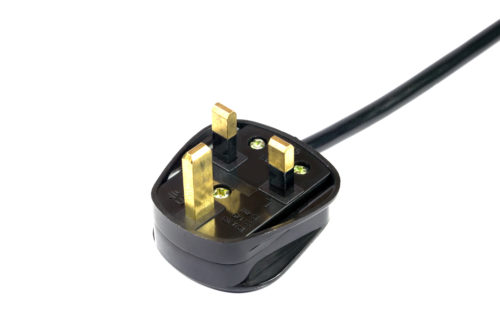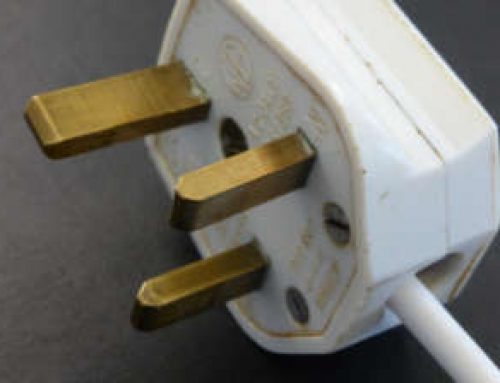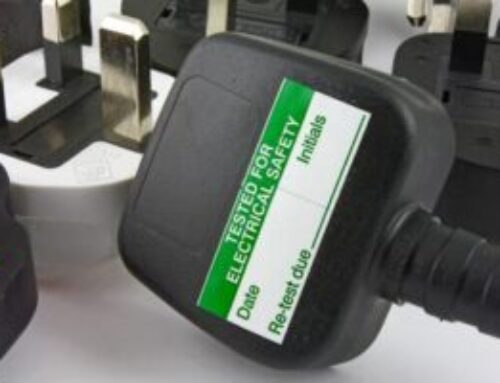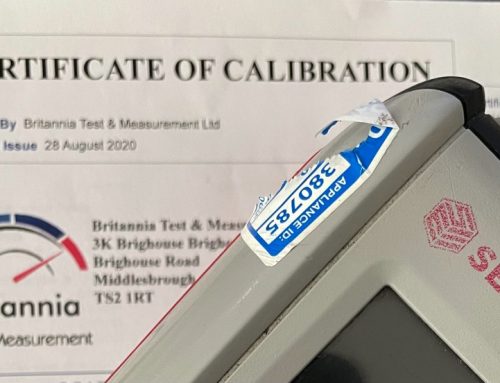Electrical appliances are built by their manufacturer to meet strict British Standards, including for them to be safe for use; but over time appliances can deteriorate to an extent where there is a risk of electric shock to the user or fire.
Strangely, based on what some sceptics say electrical equipment built in the 60s, 70s and 80s (when PAT was starting out and developing ) was supposed to be “built to last” so there would be less need for it than now when equipment is said to be not built as well.
However the major difference now is actually that there is a lot more electrical equipment, a lot more overuse of electrical’s systems and a lot more actual users, so the risk of an accident or fire occurring is higher.
Some use the acronym of an MOT to describe PAT – just as a regular MOT ensures a car remains safe to be on the road, a regular PAT ensures electrical appliances continue to be safe to use.
PAT is part of a system of valuable preventative maintenance where faults are found and rectified, to reduce the chances of a user getting a shock or an appliance overheating to start a fire.
PAT is also a regular stipulations of business insurance policies; if there was a fire for example, the insurance investigators want to see that regular PAT testing has taken place to ensure that the workplace directors/owners have done enough to ensure that appliance was safe for continued use. Some insurance companies take this into account when deciding whether to settle a claim or not.
There are also a number of Health and Safety regulations that are there to protect employees from danger. These suggest or recommend that electrical appliances are managed in a way to prevent danger to users.
The key health and safety regulations to consider are:
- The Health and Safety at Work Act 1974
- The Management of Health and Safety at Work Act Regulations 1999
- The Provision and Use of Work Equipment Regulations 1998
- Electricity at Work Regulations 1989
Number 1 places a duty of care on employers and employees to ensure the safety of everyone at work; number 2 requires the employer to assess the risks to employees, visitors, customers etc. Number 3 requires employers to ensure that work equipment is suitable for use and number 4 requires electrical systems to be maintained for safe continued use (including the mains wiring, electrical appliances etc.)





